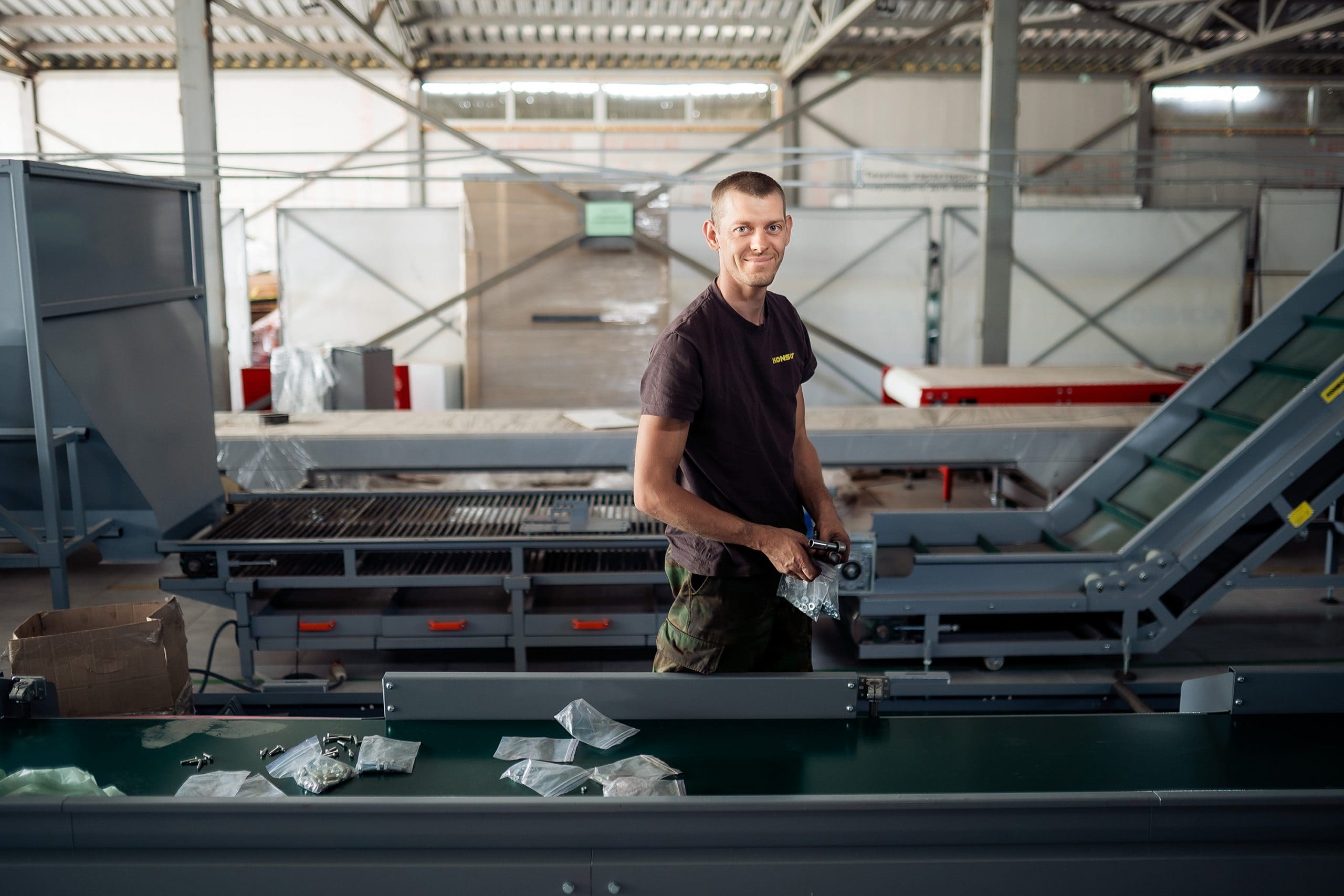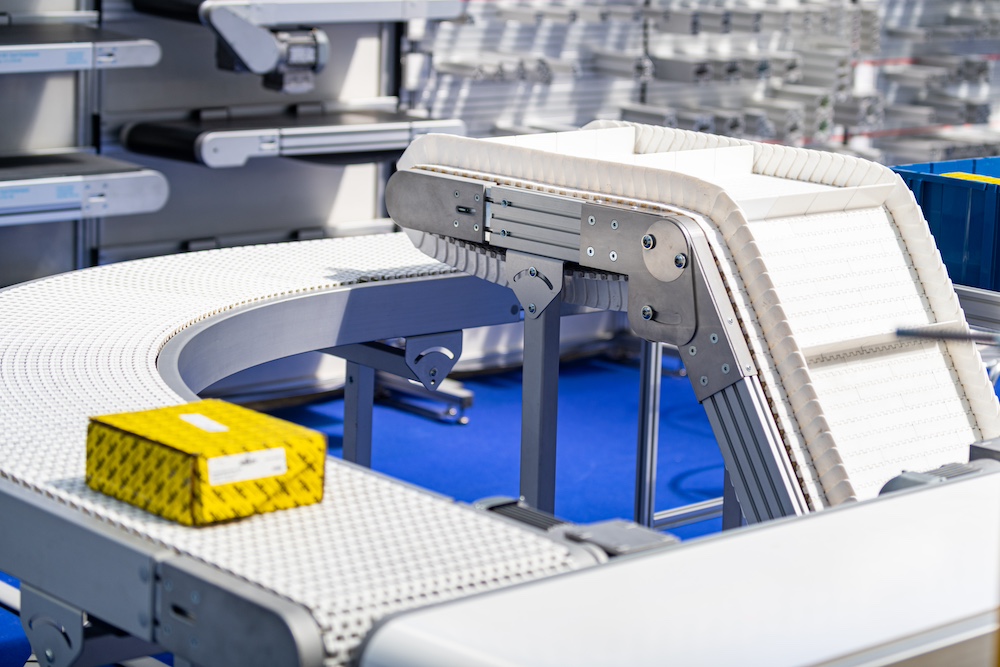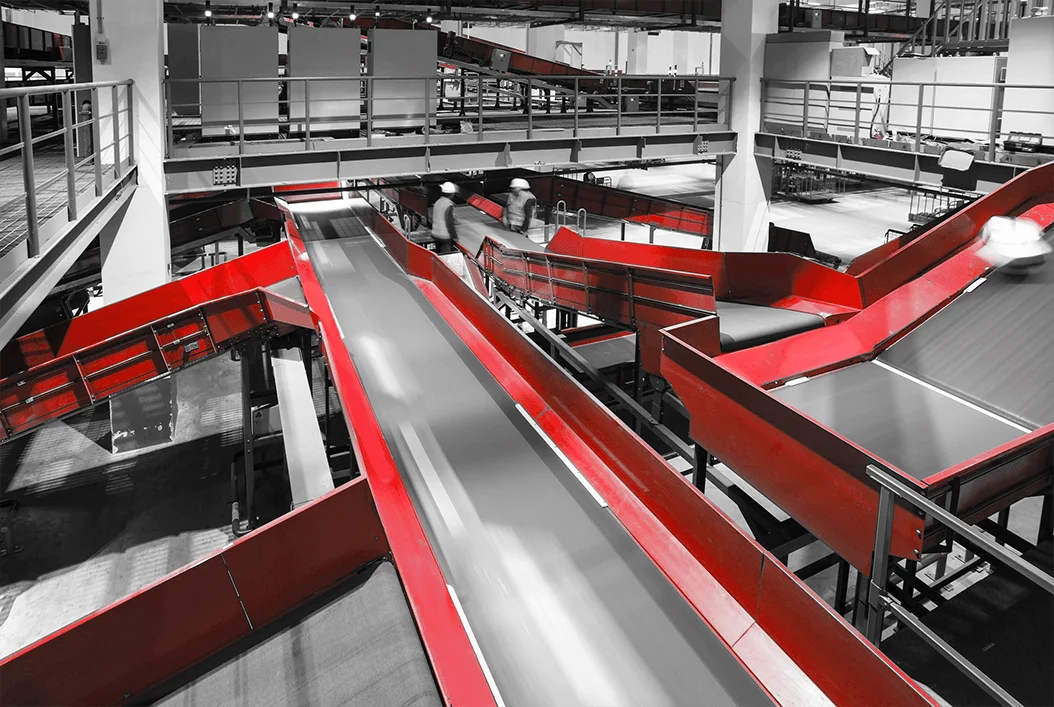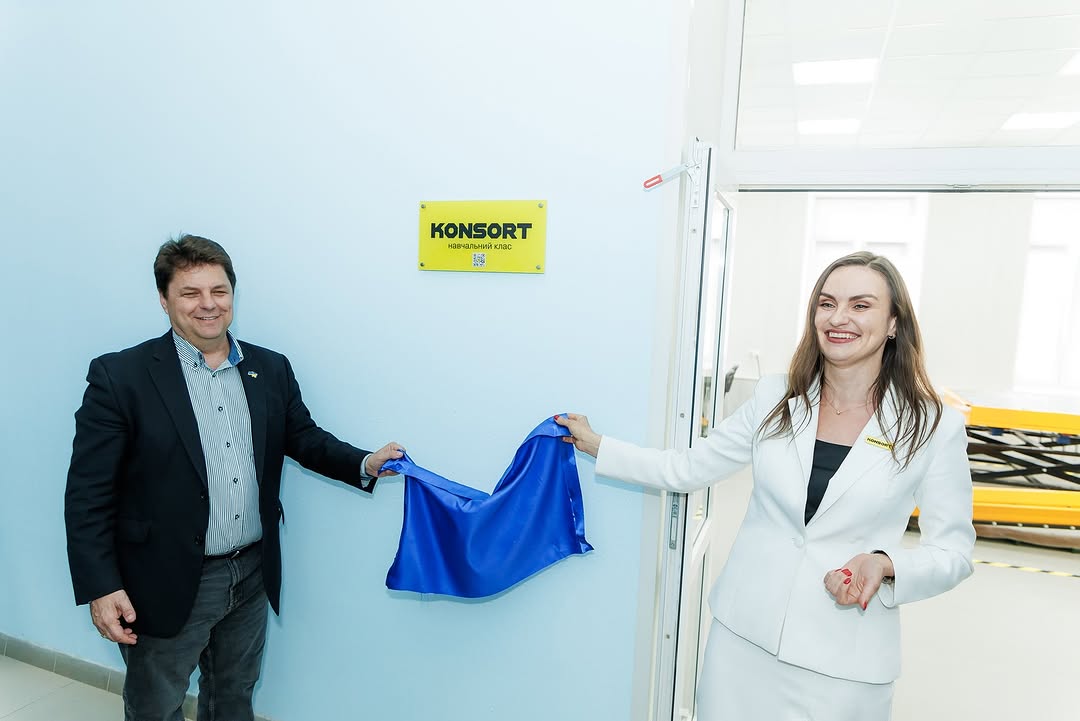Industrial conveyors are a vital component of any production process. They ensure a continuous flow of materials and products, helping to optimize production efficiency and ensure high product quality. However, like any technical equipment, conveyors require careful care and preventive maintenance to ensure their smooth operation and maximum service life.
Understanding these factors allows effective maintenance planning, failure prevention measures, and increased service life of conveyors in production processes.
Conveyor maintenance checklist:
Daily Inspection: Visually inspect the conveyor for any signs of wear, damage or irregularities in operation.
Lubrication: Regularly lubricate moving parts of the conveyor, such as chains, rollers and bearings, to avoid friction and wear.
Chain tension: Check and adjust the chain tension to prevent it from slipping or stretching, which can lead to breakage.
Cleaning and decontamination: Regularly clean the conveyor of dust, dirt and other contaminants to avoid delays in operation and wear of the equipment.
Safety System Check: Periodically check the operation of safety systems, such as emergency switches and interlocks, to ensure the safety of personnel and avoid emergency situations.
Electronics and automation monitoring: Check the performance of the conveyor’s electronic and automation systems, such as sensors, controllers and software, to avoid malfunctions and interruptions.
Inspection of fasteners and fasteners: Regularly inspect conveyor fasteners and fasteners to avoid loosening or loss of reliability.
Immediate troubleshooting: If any malfunctions or breakdowns are found, have them repaired immediately to avoid further damage and malfunctions.
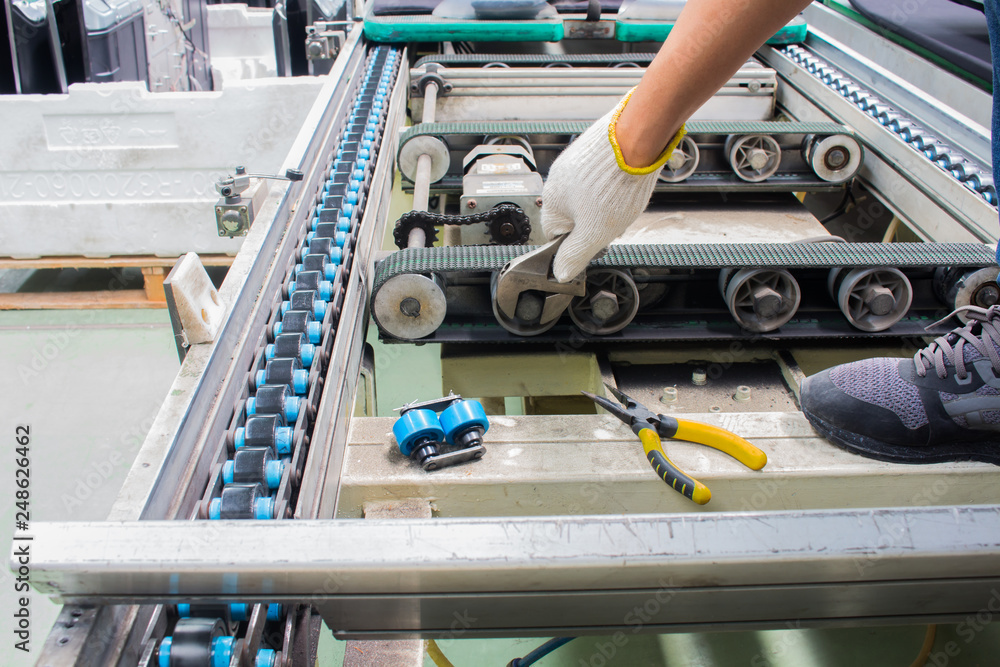
Tips for preventive maintenance:
Maintenance Schedule: Create a regular preventive maintenance schedule, including inspection, lubrication and cleaning of the conveyor.
Personnel Training: Train personnel in the proper care and maintenance of conveyors, including safety procedures and troubleshooting.
Use of quality materials: Use only quality lubricants and parts for conveyors to ensure their best performance and longest service life.
Indicator tracking: Set up a system to monitor and analyze conveyor performance parameters such as temperature, vibration and speed to detect any abnormalities in a timely manner.
Responsive to changes: Monitor changes in the production process and adapt the operating modes of the pipelines accordingly to avoid overloading or underachievement of performance requirements.
Let this checklist and advice be your reliable compass in conveyor care, helping to keep them running smoothly and efficiently for a long time.
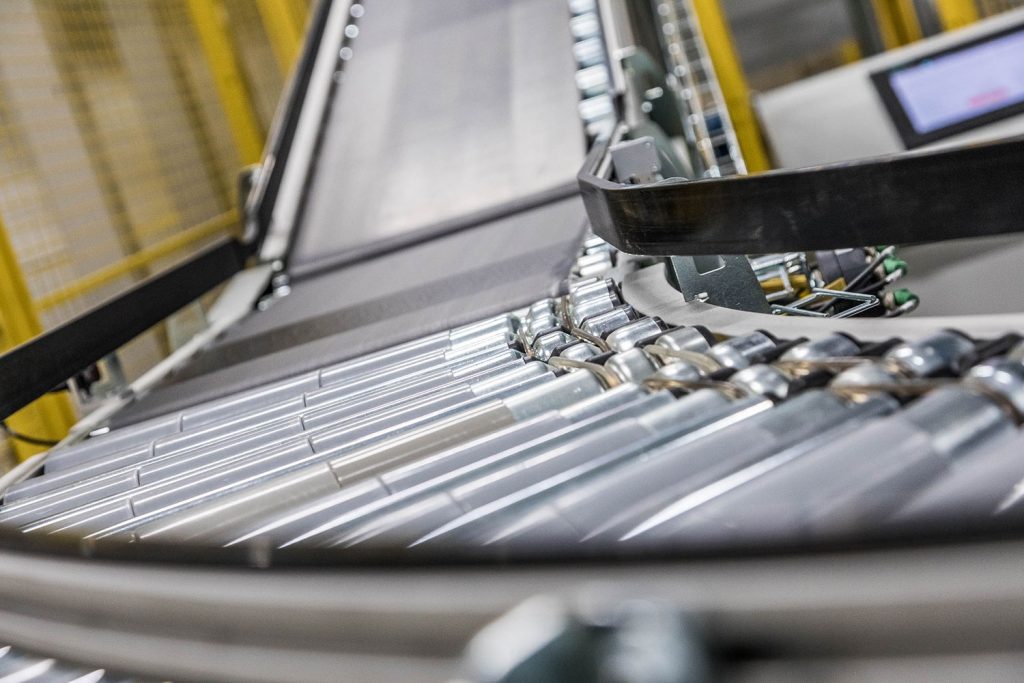
Common causes of conveyor failures and their impact on wear resistance
Conveyors are a key component of manufacturing processes, but there are a variety of factors that can affect their performance and service life. Let’s consider some of the most common reasons for conveyor failures and their impact on wear resistance.
1. Wear of moving parts
Moving elements of the conveyor, such as chains, rollers, bearings, belts, plates, gears and other parts, are subject to constant wear and tear during operation. This wear can be caused by friction, exposure to abrasive materials, corrosion, or exposure to stress.
2. Mechanical damage
Impacts, collisions or improper installation of equipment can lead to mechanical damage, which can manifest itself in the breakdown of conveyors or a decrease in their efficiency.
3. Improper lubrication and lubrication
Insufficient lubrication or the use of the wrong type of lubricant can lead to wear of bearings, chains and other moving parts, as well as increased friction and increased energy consumption.
4. General wear and tear of equipment
Like any technical equipment, conveyors are subject to general wear and tear and aging over time. This can lead to loss of accuracy of production parameters, reduced efficiency and increased risk of failure.
5. Insufficient maintenance and upkeep
Inadequate preventive maintenance, lack of a clear monitoring system and personnel training can lead to problems with the conveyor, including breakdowns and malfunctions.
6. Operating conditions
Operating conditions, such as humidity, temperature, aggressiveness of the environment and other factors, can affect the operation of conveyors and their service life.
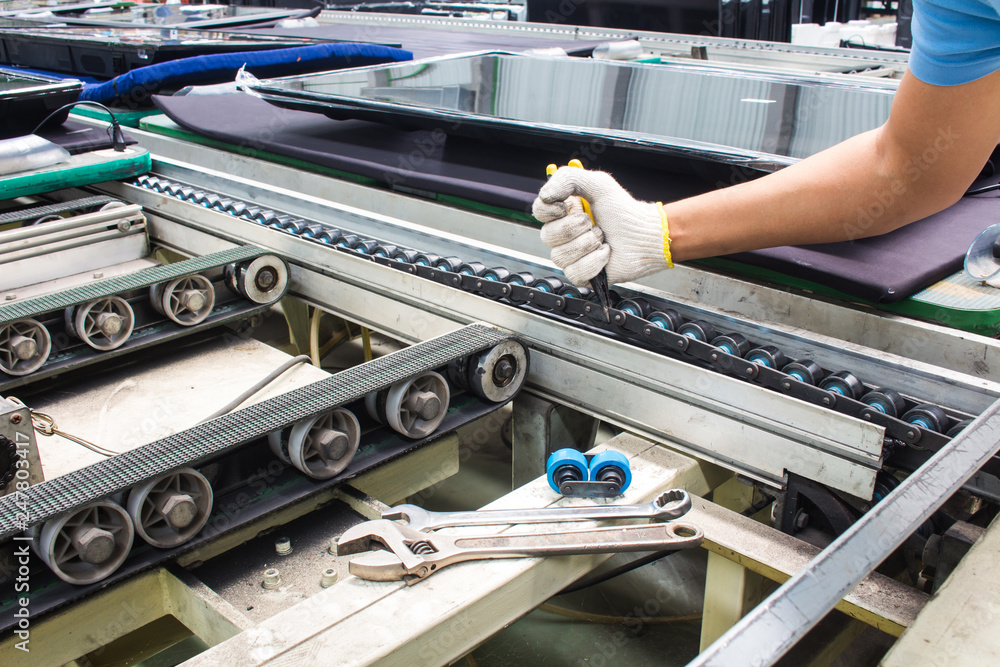
Components that improve conveyor maintenance:
Self-lubricating bearings: These provide automatic lubrication, reducing the need for manual lubrication and increasing bearing life.
Condition monitoring systems: Sensors for monitoring temperature, vibration, current, etc. allow early detection of potential problems and avoidance of accidents.
Repairability: Easy-to-disassemble and fold-away design simplifies access to internal components for quick repair and replacement.
Wear-resistant materials: The use of high-quality and wear-resistant materials in the manufacture of conveyor parts reduces the need for frequent replacement.
Automatic tension adjustment: Systems that automatically maintain optimal chain or belt tension reduce the need for manual intervention and increase work efficiency.
Components that reduce conveyor maintenance:
Self-cleaning rollers: Rollers with a special coating or design that, thanks to vibrations or movement, clean themselves of dirt, ensuring stable operation of the conveyor without the need for regular cleaning.
Automatic lubrication systems: Installation of automatic lubrication systems that automatically provide the necessary lubrication to moving parts, reducing manual labor and ensuring continuous operation of the conveyor.
Anti-Vibration Systems: The use of anti-vibration devices and systems to maintain stability and reduce vibration, helping to avoid component wear and contamination.
Self-diagnosis systems: Built-in systems that automatically diagnose the condition of the conveyor and provide information about the need for repair or replacement of components.
“Plug-and-Play” design: Using a modular design that allows you to quickly install and replace conveyor components without the need for a lot of time and labor.
These components and systems contribute to the efficient and reliable operation of conveyors, reducing the time spent on their maintenance and increasing the overall productivity of production processes.

Maintenance of conveyor equipment throughout Ukraine
With the many years of experience and expertise provided to us by KONSORT, we can confidently say that we take care of the most important aspects of conveyor maintenance. For 17 years of our activity and more than 4,000 successfully implemented projects in various fields, we have gained the trust of the best enterprises of Ukraine.
Our team knows that proper maintenance of conveyors is critical to ensuring the continuity of production processes. We understand that each enterprise has its own unique requirements and characteristics, so we approach each project individually, providing personalized solutions to optimize the operation of conveyors and automated systems.
Our goal is to provide you with reliable and efficient conveyors that will run smoothly and provide optimal levels of productivity. Regardless of the industry of your business, we are ready to provide the best solutions to keep your production at a high level.
Entrust your conveyors to us, and we will ensure their efficient operation and long service life. Choose KONSORT – your reliable partner in matters of conveyor maintenance and creation of uninterrupted automated systems at your enterprise. Mobile service teams work 24/7 throughout Ukraine. Contact +38 (067) 116-50-25 or write to service@konsort.com.ua

